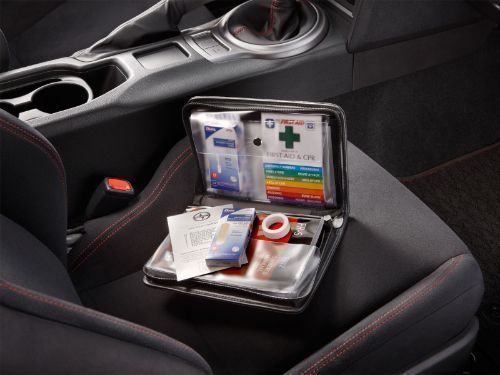
Creating a safe welding environment is essential for both the efficiency and well-being of every welder. Welding involves high heat, intense light, and hazardous materials that can lead to serious injuries if proper precautions aren't followed. In this blog, we'll explore best practices for maintaining a hazard-free welding environment, drawing on valuable insights from industry expert Rachel Fewings. Whether you're new to welding or a seasoned professional, following these guidelines will help you prioritize safety without compromising the quality of your work.
Wear Appropriate Personal Protective Equipment (PPE)
The first line of defense against welding dangers is to use suitable personal protective equipment (PPE). Rachel Fewings emphasizes the importance of investing in high-quality PPE to protect yourself from burns, UV radiation, and toxic fumes. Essential PPE includes welding helmets with face shields, fire-resistant gloves, protective clothing, and steel-toed boots. Helmets with auto-darkening lenses are particularly useful for protecting your eyes from arc flashes. Remember, maintaining and regularly inspecting your PPE is just as important as wearing it.
Ventilation and Fume Control
Welding fumes can be hazardous to your respiratory system, leading to serious health issues over time. She advises welders to prioritize ventilation in their workspace to minimize exposure to harmful fumes. Make sure your welding area is equipped with proper exhaust systems, ventilation fans, or fume extractors. If working in a confined space, portable ventilation systems can be used. In some cases, wearing a respirator is essential to filter out airborne contaminants and ensure a cleaner breathing environment.
Fire Prevention and Control
Given the high heat and sparks generated during welding, fire prevention is crucial. Rachel Fewings recommends taking proactive measures to minimize fire risks in the welding area. Ensure that your workspace is clear of flammable materials such as paper, chemicals, and fuel. Always keep fire extinguishers within reach and familiarize yourself with their operation. Additionally, using fire-resistant barriers or welding screens can help contain sparks and protect others in the vicinity. Regularly inspect your work area for potential fire hazards before starting any welding project.
Electrical Safety Practices
Welding often involves working with electrical equipment, which can pose electrocution risks if not handled properly. She stresses the importance of regular maintenance and inspection of your welding machines, cables, and power sources. Ensure that all equipment is grounded correctly and that damaged cables or frayed wires are promptly repaired or replaced. Before beginning work, always check that your electrical setup meets the safety standards for your welding application. Following lockout/tagout procedures when repairing or servicing equipment is essential to prevent accidental electrocution.
Ergonomics and Proper Workstation Setup
Ergonomics may not always be the first consideration in welding safety, but Rachel Fewings highlights its importance in preventing long-term injuries and maintaining overall well-being. Proper workstation setup can reduce strain on your body and minimize the risk of musculoskeletal injuries. Ensure that your workspace is organized and free from obstructions that could cause trips or falls. When welding, maintain good posture and use ergonomic tools designed to reduce strain on your hands and wrists. Taking regular breaks to stretch and reposition yourself can also help reduce fatigue and improve focus on safety.
































